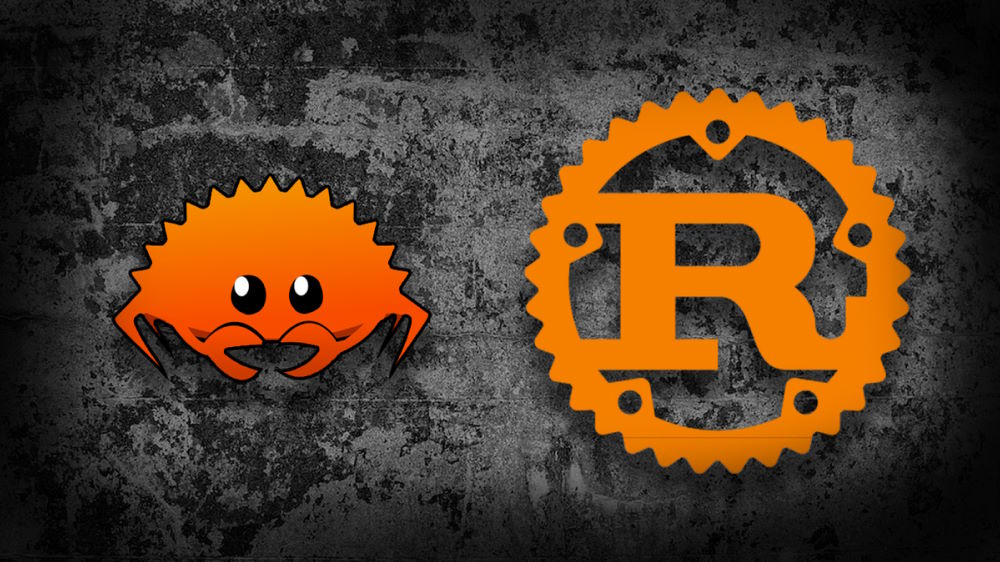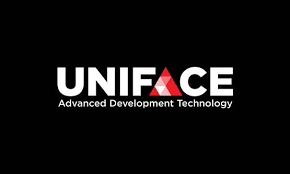Description
Introduction to Rust
Rust is a systems programming language designed for performance, safety, and concurrency. It emphasizes memory safety without a garbage collector, enabling developers to write fast and reliable software. With its strong type system and ownership model, Rust eliminates common programming errors such as null pointer dereferences and data races. Its growing ecosystem and community support make it an excellent choice for a wide range of applications, from embedded systems to web development.
Prerequisites for Rust
- Basic Programming Knowledge: Familiarity with programming concepts such as variables, functions, loops, and conditionals.
- Understanding of Systems Programming: Basic knowledge of how systems programming differs from application programming.
- Familiarity with Functional Programming Concepts: Understanding concepts like immutability and first-class functions can help in grasping Rust’s functional features.
- Development Environment Setup: Experience in setting up a development environment, including installing Rust and configuring tools like Cargo.
- Knowledge of Concurrency: A foundational understanding of concurrent programming principles can be beneficial for utilizing Rust’s concurrency features effectively.
Table of Contents for Rust
- Introduction to Rust
1.1 What is Rust?
1.2 Key Features of Rust
1.3 Use Cases and Applications - Getting Started with Rust
2.1 Setting Up the Development Environment
2.2 Installing Rust and Cargo
2.3 Writing Your First Rust Program - Rust Syntax and Basics
3.1 Variables and Data Types
3.2 Control Flow
3.3 Functions and Modules
3.4 Error Handling - Ownership and Borrowing
4.1 The Ownership Model
4.2 Borrowing and References
4.3 Lifetimes - Data Structures
5.1 Arrays and Slices
5.2 Vectors
5.3 Strings
5.4 Hash Maps - Traits and Generics
6.1 Understanding Traits
6.2 Implementing Traits
6.3 Using Generics - Concurrency in Rust
7.1 Concurrency Concepts
7.2 Threads and Message Passing
7.3 Shared State and Mutexes - Working with Modules and Packages
8.1 Creating Modules
8.2 Using External Crates
8.3 Organizing Code with Packages - Testing and Debugging
9.1 Writing Tests in Rust
9.2 Debugging Techniques
9.3 Best Practices for Testing - Advanced Rust Concepts
10.1 Macros
10.2 Unsafe Rust
10.3 Functional Programming Features - Building Applications with Rust
11.1 Web Development with Rust
11.2 Systems Programming
11.3 Creating Command-Line Applications - Resources and Community
12.1 Learning Resources
12.2 Online Communities
12.3 Contributing to Rust Projects - Conclusion
13.1 Summary of Key Takeaways
13.2 Next Steps for Learning Rust
Conclusion
Rust is a powerful programming language that combines the performance of low-level languages with the safety and concurrency features of high-level languages. Its unique ownership model and type system help eliminate common programming errors, making it an excellent choice for systems programming and performance-critical applications. By understanding the prerequisites and mastering its features, developers can harness Rust’s capabilities to build efficient, reliable, and maintainable software across various domains.
If you are looking for customized info, Please contact us here







Reviews
There are no reviews yet.